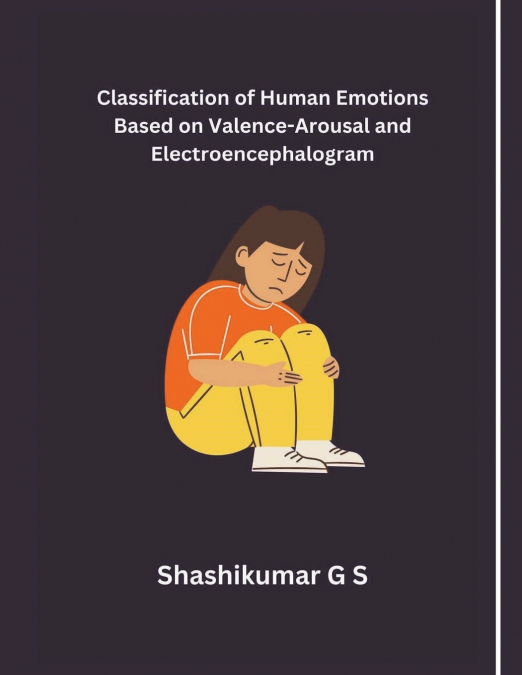
Shashikumar G S
Critical issues in human behaviour are emotions. In daily interactions with others and in the making of decisions, emotion is significant. According to physiological concepts, emotion is a short-lived event. There is a close relation between emotion recognition and human wellness. The environment presented the constant demands, so that phenomenon of emotion represents efficient modes of adaptation. Human interaction has been categorised into two interaction channels: one transmits very clear messages, which is about anything or nothing and other one transmits embedded messages about the speakers themselves. In order to understand the channel which does not transmit clear messages, huge efforts were made towards the linguistic analysis. But the second is not as well understood. Understanding the other person’s emotion is one of the key challenging tasks associated with the embedded message. Emotion can express through actions, such as words, sounds, facial expression, and body language, However, emotion expressed in such actions are sometimes manipulated by people and real feelings cannot be conveyed clearly. The emotion is referred by researchers as a mental state that is influenced by strong or deep brain impulses. This neural impulse arises subjectively but not through conscious effort. To move an organism into action, emotion induces either positive or negative psychological response. A cutting-edge area of computing called affective computing has been working to enhance human-computer interaction (HCI). Due to a lack of emotional intelligence, today’s HCI systems are defective and unable to distinguish different emotional states in people. By recognizing emotional cues that emerge during HCI and evoking emotional reactions, affective computing seeks to close this gap. If computers can identify emotions, this will improve the design and development of systems that can do the same. The healthcare industry would benefit greatly from wearable technology that can distinguish different human emotions in real time and respond accordingly.